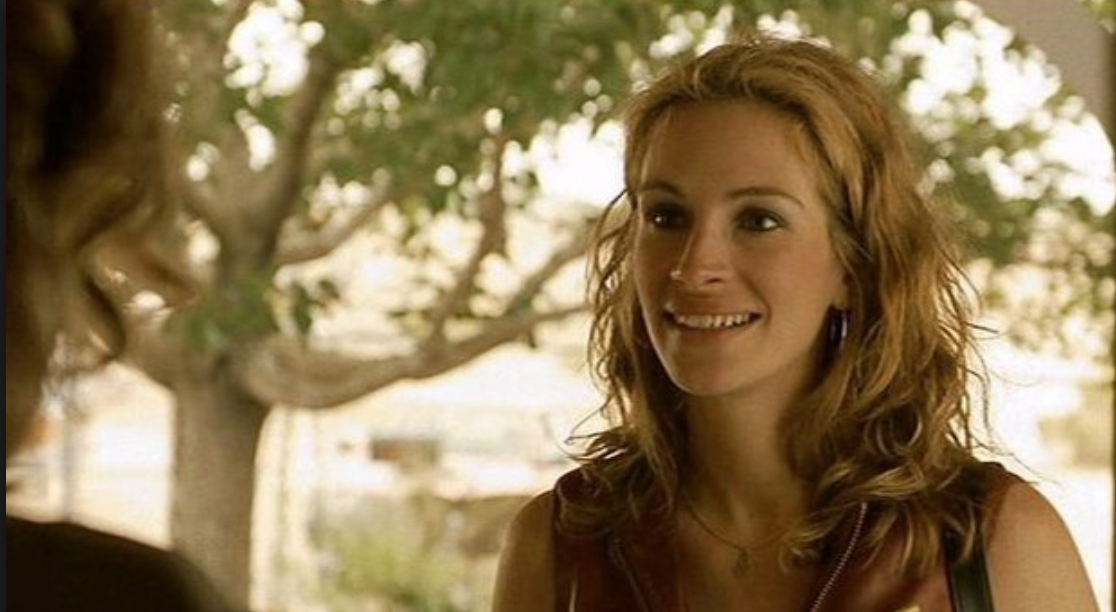It’s understood that middle-class, middle-budget reality dramas have been consigned to cable and the indie realm. (Speaking of which you can’t do much better on that score than Collateral, the recently popped Netflix series with Carey Mulligan as a police inspector). This means, I presume, that sturdy, well-written dramas about women, even in this revolutionary era, are still having a tough time being funded above the Spirit Award level (i.e., $20 million tops).
I’m not saying it’s impossible to score backing for a mildly expensive, character-driven drama about a woman character played by a mid-range star, but the usual resistance doesn’t seem to have changed, at least in the realm of theatrical make-or-break.
Erin Brockovich, which was made 19 years ago for $52 million (or roughly $75 million in 2018 dollars), probably wouldn’t be made today as a theatrical film — it would be produced by Netflix or Amazon. The Steven Soderbergh-directed film, which opened in March 2000, earned $125.5M domestic and $256.2M worldwide.
And Alan Parker‘s well-respected Shoot The Moon, which cost $12 million to make in ’81 or nearly $31 million by the 2018 economy, would probably have to go Netflix or Amazon also, and even then who knows? Theatrically the Diane Keaton-Albert Finney marital drama was a bust — it only made $9.2 million domestic.
On the other hand a version of Paul Mazursky‘s An Unmarried Woman, which cost $2,515,000 (roughly $10 million in 2018 dollars) to shoot in 1977 and went on to earn $24 million in ’78 or just under $100 million by the ’18 economy, would probably be funded today.
Ditto a version of Alan Pakula‘s Klute, which was made in 1970 for $2.5 million or $16 million by the measure of 2018, would probably be funded today. Maybe. The urban thriller wound up earning $12,512,637, which translates into $80 million today. (The 1970 to 2018 multiple is 6.42.)

